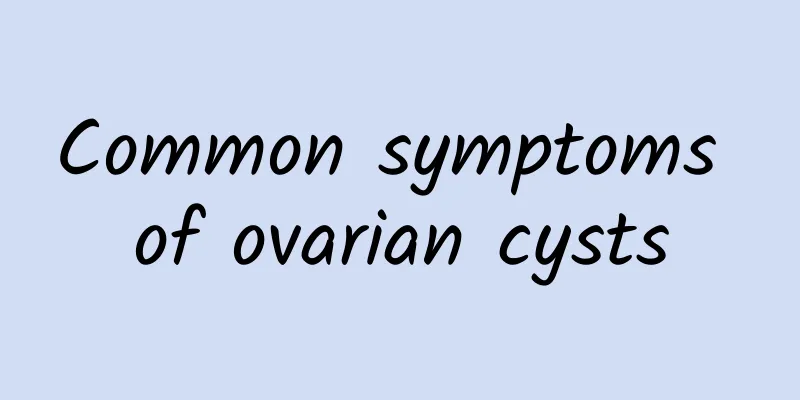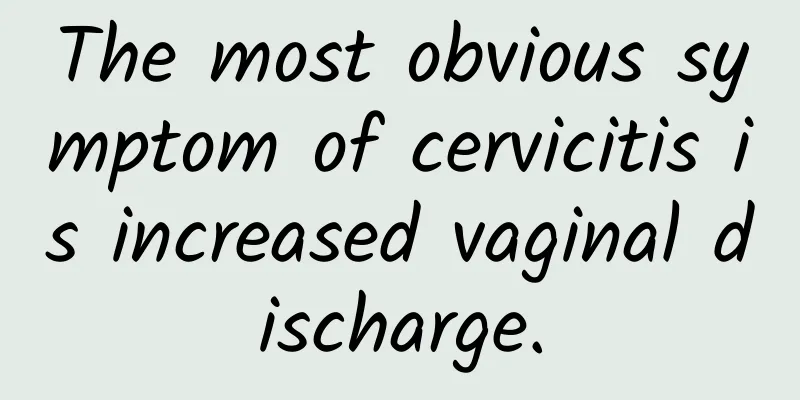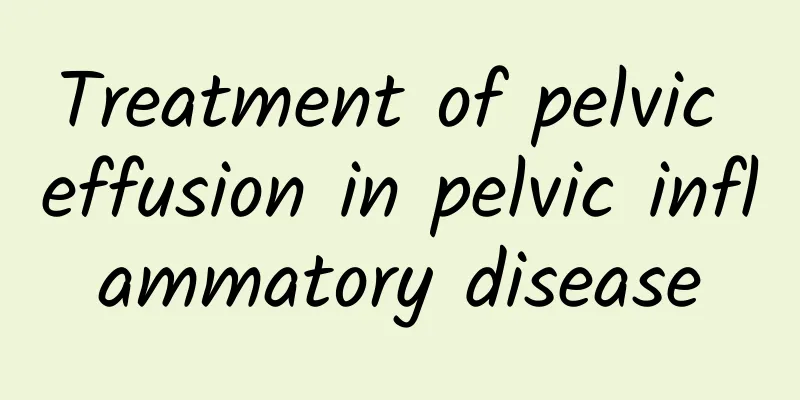How long after myomectomy can I get pregnant

|
It is generally recommended to wait 6 months to 1 year after myomectomy before becoming pregnant. The specific time depends on the surgical method, the size and location of the myoma, and the postoperative recovery. Regular checkups are required during the postoperative recovery period to ensure that the uterus is completely healed before considering pregnancy. 1. Postoperative recovery time: The recovery time after myomectomy varies depending on the surgical method. Laparoscopic surgery is less invasive and recovers faster. Usually, you can consider pregnancy after 6 months. Open surgery is more invasive and it is recommended to wait for 1 year. Regular ultrasound examinations are required after surgery to observe the healing of the uterus and ensure that there are no residual myomas or postoperative complications. 2. Influence of surgical method: Myomectomy is divided into laparoscopic surgery, hysteroscopic surgery and laparotomy. Laparoscopic surgery is less invasive and has a quick recovery, which is suitable for patients with smaller and shallower fibroids; hysteroscopic surgery is suitable for submucosal fibroids and has a shorter recovery time; laparotomy is suitable for patients with larger or complex fibroids and has a longer recovery time. 3. Fibroid size and location: The size and location of the fibroid directly affect the postoperative recovery time and pregnancy safety. Patients with larger fibroids or those located deep in the uterine wall will have a longer uterine healing time after surgery and will need to wait longer before becoming pregnant. Patients with fibroids located in the uterine cavity need to pay special attention to the recovery of the endometrium after surgery. 4. Postoperative review and evaluation: Ultrasound examination and gynecological examination are required regularly after surgery to evaluate the healing of the uterus and the thickness of the endometrium. If symptoms such as abnormal menstruation and abdominal pain occur after surgery, you need to seek medical attention in time to rule out postoperative complications. The doctor will evaluate whether you are suitable for pregnancy based on the review results. 5. Preparation before pregnancy: Before planning a pregnancy, a comprehensive pre-pregnancy examination is required, including uterine ultrasound, hormone levels and fallopian tube patency examination. If the postoperative recovery is good and the uterus is completely healed, you can consider starting to prepare for pregnancy. During the period of preparing for pregnancy, you need to pay attention to balanced nutrition, supplement folic acid, and avoid contact with harmful substances. The timing of pregnancy after hysteromy resection needs to be comprehensively evaluated based on the surgical method, the size and location of the fibroids, and the postoperative recovery. It is recommended to undergo pre-pregnancy examinations and pregnancy preparations under the guidance of a doctor to ensure the safety of mother and baby. |
<<: What to do if endometrial polyps recur for the second time
>>: What is the cause of irregular menstruation and bleeding?
Recommend
How to treat uterine fibroids? What is the treatment for uterine fibroids?
Uterine fibroids are a common disease. Uterine fi...
Perfect match! Eating pork with raw garlic, nutritionist: The surprising secret is...
If the food is well matched, the nutrition will b...
What causes chocolate cysts?
Chocolate cysts may be caused by physiological fa...
Diseases that should be differentiated from chronic pelvic inflammatory disease
Chronic pelvic inflammatory disease is often caus...
What are the symptoms of uterine fibroids? Can uterine fibroids cause vaginal bleeding?
The appearance of uterine fibroids is more common...
Are ovarian cysts caused by inflammation?
Are ovarian cysts caused by inflammation? Ovarian...
Yang Yizhan exercises without limits and shows off his muscles by skipping rope
Yang Yizhan, the warm-hearted urban man with a he...
What causes menstrual abnormalities?
What causes menstrual abnormalities? Menstrual ab...
Can we still eat radishes and onions after they sprout? Nutrition experts reveal: "These" foods are more nutritious after sprouting
Many housewives have the experience of leaving ra...
Prevention of hyperprolactinemia in daily life
Gynecological diseases are very harmful to women....
The main causes of severe cervical erosion
The incidence of gynecological diseases such as c...
Is stress making you unable to resist the temptation of carbohydrates?
Do you often find yourself unable to resist the t...
Just gotta rock! Latin aerobics to burn arm fat
Fitness exercise is fun. Chen Ling, a "holis...
It is best to drink oolong tea to relieve abdominal distension 1 hour after a meal
Regardless of the type of tea, it is a health dri...
Let's briefly analyze the causes of irregular menstruation
Irregular menstruation is a gynecological disease...
![[Video version] Can I eat egg yolks to lose weight and lower cholesterol? How many can you eat a day?](/upload/images/67dcf8566e9ba.webp)








